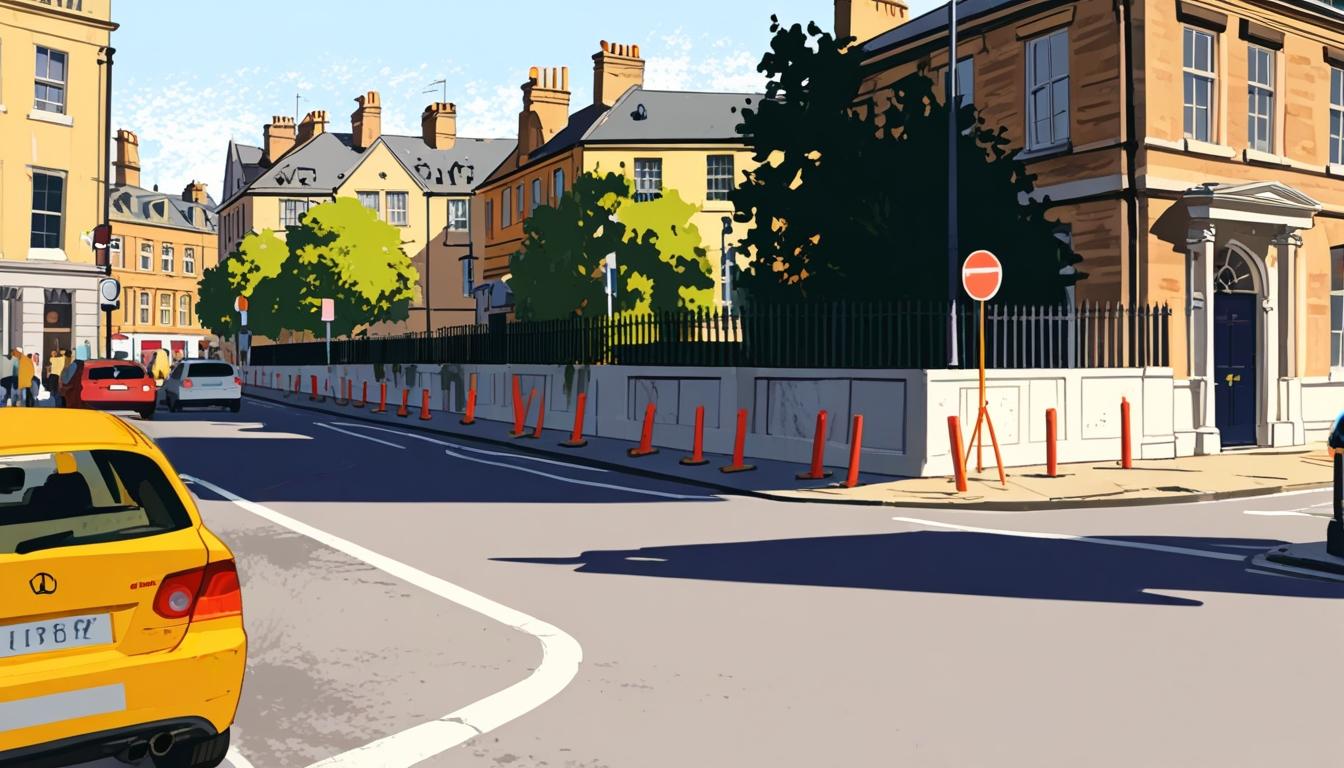Oxford's implementation of Low Traffic Neighbourhoods (LTNs) has stirred considerable controversy since their introduction. The scheme, designed to limit vehicle access in specific areas, aims to enhance road safety and air quality while promoting cycling and walking. However, it has resulted in significant expenditures—nearly £4 million since its rollout four years ago, as highlighted by a recent investigation revealing the total cost incurred by the local council. The measures have faced staunch opposition, with many residents expressing their frustration over the operational challenges that seem to come with the initiative.
The £3.8 million spent from 2021 to 2024 on LTNs included funding from a government grant aimed at improving active travel, plus ongoing costs which are now falling onto the local authority’s budget. Critics argue that this expenditure showcases a disconnect between council priorities and the needs of residents. Independent councillor Saj Malik voiced the sentiments of many constituents when he stated, “It’s completely tone deaf... [the LTNs] make our lives a misery on a daily basis,” reflecting widespread discontent particularly in wards like Cowley, where the impact of increased traffic congestion is acutely felt.
Residents have indicated that rather than alleviating congestion, the LTNs have led to heightened traffic in other areas of the city. This is a crucial point of concern, particularly as the council seeks to enact further traffic arrangements, such as the introduction of Automatic Number Plate Recognition (ANPR) cameras, which would allow specific vehicles—like emergency services and taxis—through restricted zones. This adjustment is part of an ongoing effort to refine the LTN framework in response to public feedback, but it also raises questions about whether these changes will effectively address the growing concerns regarding local accessibility and safety.
Moreover, the social ramifications of LTNs cannot be overlooked. Protests against the introduction of these neighbourhoods have drawn attention to their divisive nature within communities. For instance, opposition has been particularly fierce regarding the impact on local businesses and the difficulties faced by disabled motorists, shedding light on the unintended consequences of the LTNs. Proponents of the scheme argue that it has succeeded in creating quieter and safer streets, yet the balancing of interests remains a point of contention.
The Oxfordshire County Council has pledged to improve the LTN system, exploring options that may include incorporating additional monitoring mechanisms to address ongoing performance issues. However, at a recent council meeting, where decisions about making the LTNs permanent were debated, a mix of public opinions highlighted the persistent dissatisfaction among community members. Echoing these sentiments, Headington Liveable Streets expressed concern over potential safety risks for children, particularly those near local schools, emphasising the importance of maintaining physical barriers to preserve safety.
In summary, the Low Traffic Neighbourhoods initiative in Oxford encapsulates a broader dialogue surrounding urban planning, community engagement, and environmental priorities. As the council navigates the complex landscape of public opinion, the effectiveness of LTNs in genuinely improving urban mobility and community satisfaction remains to be seen. The challenge lies not only in navigating fiscal accountability but also in addressing the profound socio-economic ripples that such initiatives inevitably create.
Reference Map
- Paragraph 1: 1
- Paragraph 2: 2, 3
- Paragraph 3: 3, 4
- Paragraph 4: 5, 7
- Paragraph 5: 6
- Paragraph 6: 4
- Conclusion: 5, 7
Source: Noah Wire Services
